Espresso Dosing Guide: How Many Grams of Coffee Do You Really Need?
I’ve been pulling espresso shots for years now, and I’ve found that one of the most important parts of this process is getting the espresso dosing right.
Even if you got the other variables correct, such as the grind size and tamping technique, making an error on your dose could still leave you with a disappointing cup. To help you master this step in espresso brewing, I’ll be discussing in this article everything you need to know about dosing and how to get it right for your shots.
Let’s get straight to it.
What is Espresso Dosing?
The term “dose” means the measurement in grams of coffee that goes into your espresso machine‘s portafilter basket. Dosing then means getting this number right. This may seem like a small task, but not in impact as it significantly influences the flavor and texture of your espresso.
Traditionally, baristas did not have an exact measurement for coffee doses. Instead, it was more about intuition and experience. Of course, the drawback was the inconsistency of the resulting cup of coffee.
Time passed by and with advancements in technology came new brewing tactics in tow.
Ways of dosing coffee have transformed to bring more precision and accuracy, with two of the most popular techniques being:
- Single-dose technique: In this method, we weigh out exactly how much ground coffee is needed for one shot of espresso.
- Double-shot technique: As you might deduce from its name, this concept involves whipping up two shots from one dose of pre-ground coffee.
By adopting these specific measures during dosing, we baristas are granted superior control over both the robustness and taste of our espressos.
However, the question remains: how much coffee should you use for your espresso? I’ll answer that next.
Espresso Dosing Fundamentals
Pulling well-balanced espresso shots has been part of my daily routine. To perfect dosing though, you have to understand espresso ratios and conversions.
Espresso ratio refers to the relationship between the amount of coffee grounds and the weight of espresso yield. Most specialty coffee baristas usually go by a 1:2 standard espresso ratio, meaning for each gram of coffee, the machine should yield two grams (or milliliters) of coffee. This ensures a good extraction process and a desirable flavor profile.
So, how much coffee grinds do you need for the correct espresso dosing?
- 9-10g for a single shot
- 16-18g for a double shot
- 21-22g for a triple shot (triple shot baskets are rare)
These are the averages you would use, but they depend on several things:
- Your coffee beans
- The roast level
- The time elapsed since the roast
- Your taste preference
Let’s look at an example using the 1:2 espresso ratio with a double shot. So for example, if you have 18g of ground coffee beans your target is to pull 32g of liquid espresso in about 30 seconds. It’s worth noting though, that this can be tweaked based on your personal preference.
For example, I drink my espresso at a 1:2.5-3 ratio, and use 18g of grounds with light roast coffee, but only 16-17g with darker roasts.
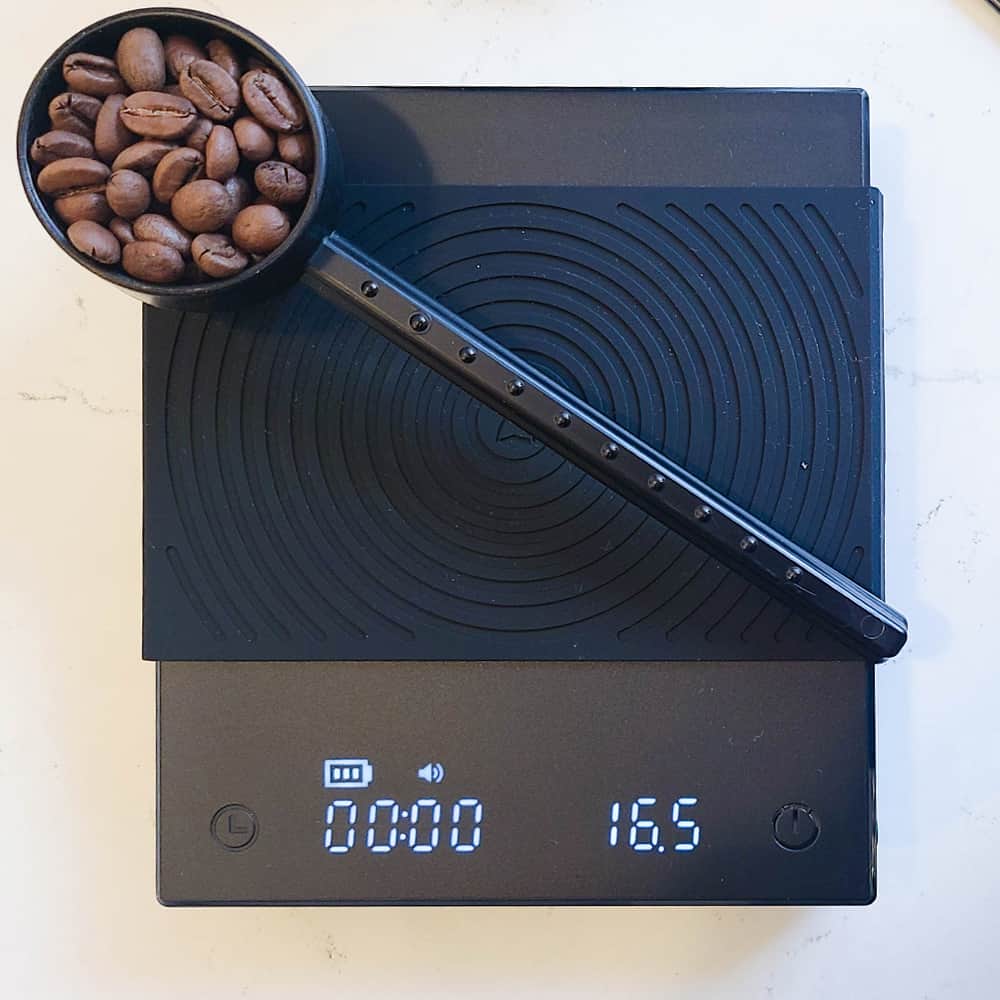
While I recommend using a scale for precision, you might also find it helpful to convert grams into tablespoons especially if you have to brew fast. Just remember:
1 tablespoon = approximately 5 to 7 grams depending on grind size and the roast of the beans
So, ask yourself how much coffee you want to make and the answer should be your indicator of your coffee dose. Of course, this will not yield exact results, so you may end up with watery espresso, or perhaps choking your machine.
And read my guide on espresso brew ratios to learn how to adjust the taste of your espresso.
Dosing volume
Volume plays an important part in dosing, since you don’t want to have too little or too much headspace in your portafilter. Headspace (also called puck clearance), is the amount of room between the top of the puck and the shower screen.
Remember that dark roast beans are larger in volume than light roasts, even though they weigh the same. This means that even though you have enough puck clearance with 18g of light roast coffee grinds, it may be too much with a dark roast.
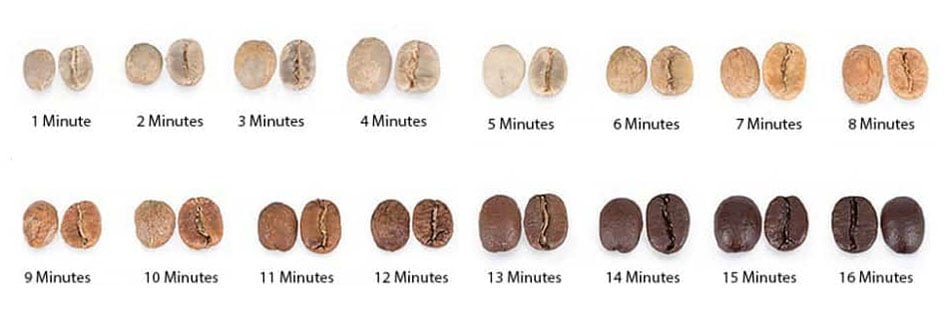
You can use the coin imprint method to see whether you have enough clearance or not. How?
- Prepare your puck with whatever dose you choose
- Place a coin onto the puck and screw the portafilter into your machine (do not brew coffee like this)
- Unscrew your portafilter.
- Examine whether your machine’s group head pushed the coin entirely into the puck if it did, you need more clearance.
This is a simple way of making sure you have enough headspace.
Effects of Your Dose
Once you’ve got your head around those basics, let me guide you into how your dose can affect your final cup. Remember that there should be a balance between these variables:
- Strength
- Dose
- Yield
- Brew time
If you decide to bump up your dose, you’re onto a stronger, sweeter, more concentrated flavor (especially if your beans have a darker roast). Slice down the dose instead, and you might find your espresso tasting a little milder, maybe even weaker.
Your choice of dose also plays its part in yield and brew time. A larger dose still needs to be pulled at around 30 seconds, so you will probably have to grind a bit coarser than for a 16g dose for proper coffee saturation from all of the coffee grounds.
Balancing out all these elements is super vital for achieving that perfect espresso shot.
Dosing Equipment You Should Have
Having appropriate equipment can also play a role in achieving consistent and accurate doses for each shot of espresso. These are some of the tools you can utilize for this endeavor:
Digital Scale
The best tool to get accurate measurements is a reliable scale. Consider the Timemore Black Mirror Basic Plus which I’ve reviewed.
TIMEMORE Black Mirror Basic 2.0 Electronic Coffee Scale
Perhaps the best price-value on the market, this beautifully designed scale gives you advanced features like automatic timer, flow meter, and scale accurate to 0.1g. Its user-friendly control panel and waterproof surface make coffee preparation effortless.
Dosing funnel
These are handy accessories that attach securely to the portafilter basket while dropping the coffee grounds directly from your coffee grinder. This maintains a uniform distribution and prevents mess as you dose your coffee, ensuring that the coffee grounds end up where they belong.
Now that you understand the fundamentals of how espresso dosing impacts your extraction, you have the knowledge to craft consistently well-balanced coffee.
Don’t forget to experiment with these variables until you arrive at the espresso taste you love. It’s not the same for everyone.
So go ahead and play around with dosage variations, and explore techniques and tools as you embrace the artistry of crafting the perfect cup of espresso.

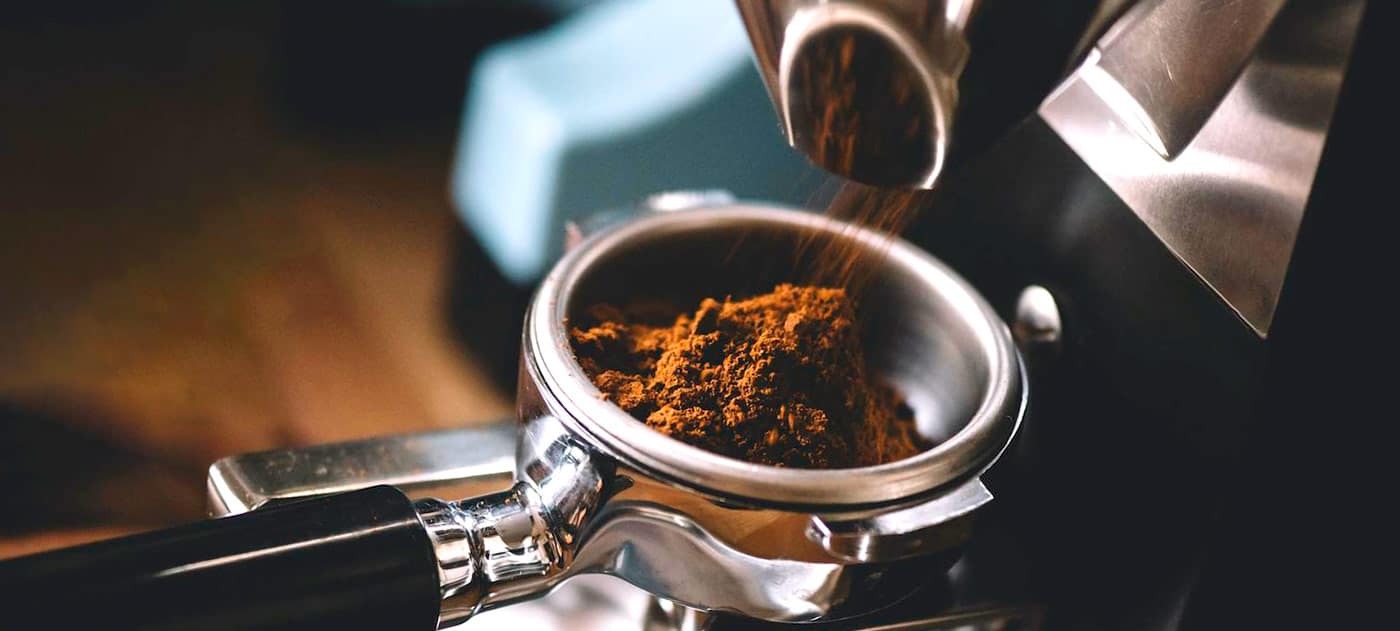
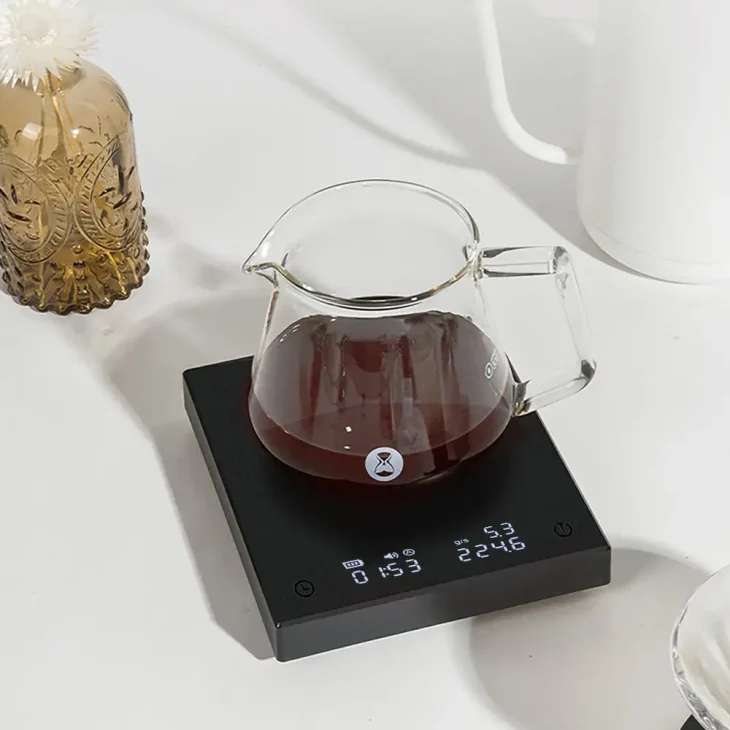
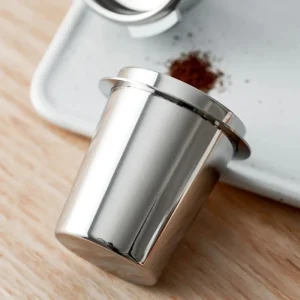
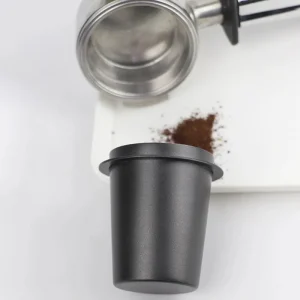
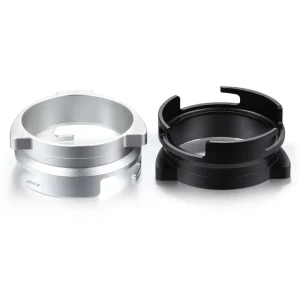
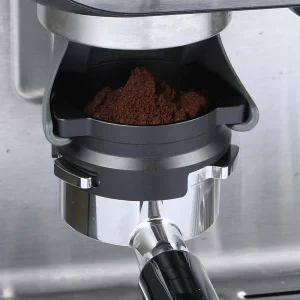
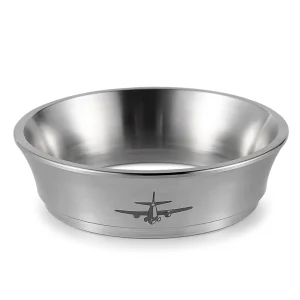
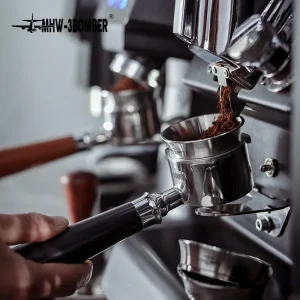
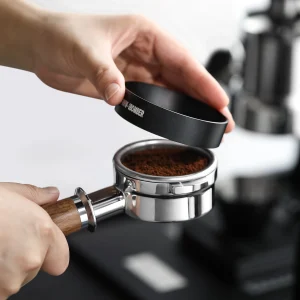
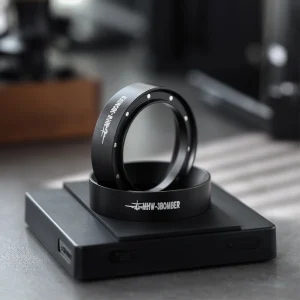
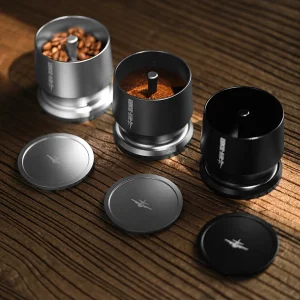
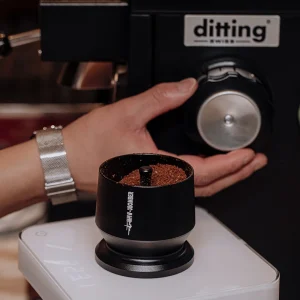
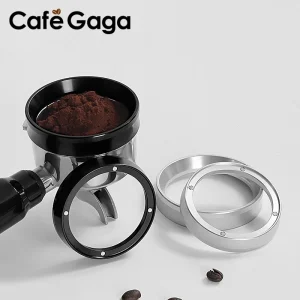


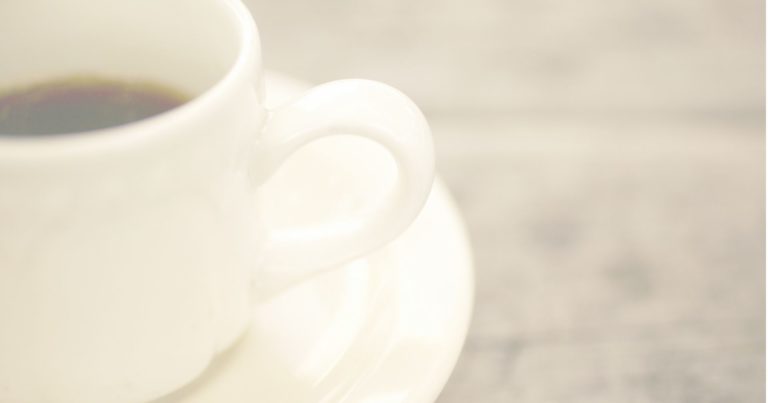
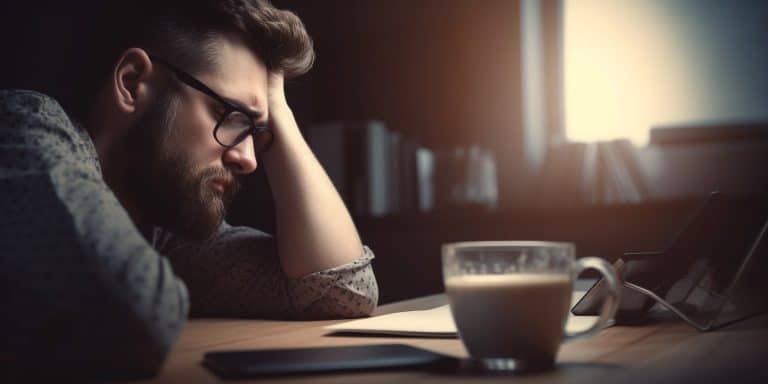
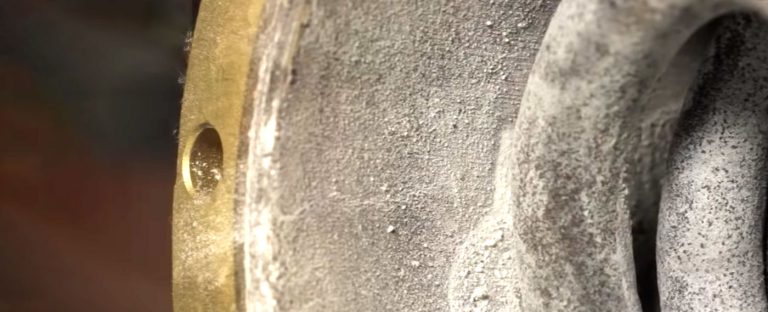
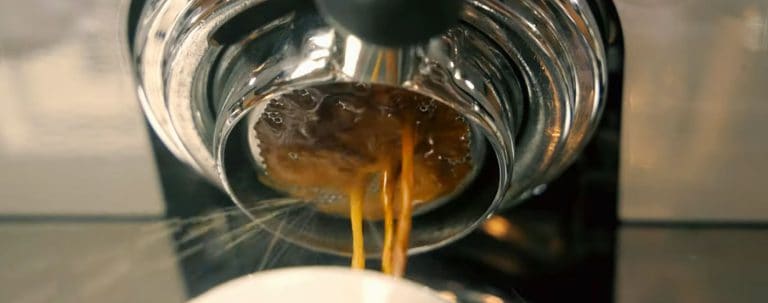
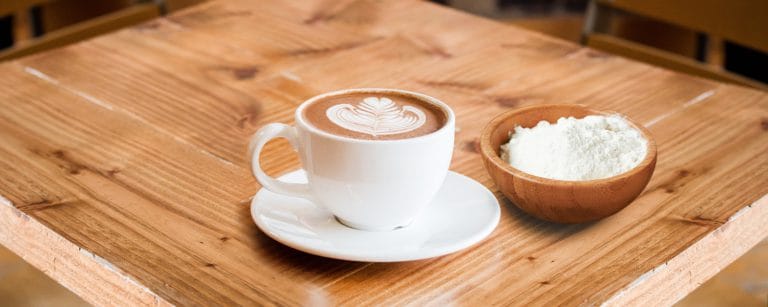
Wow, this guide is so thorough. I’ve been doing the single-dose technique and didn’t realize how much precision matters. Can’t wait to try out the double-shot method and see how it changes my espresso’s flavor.
Your dosing equipment section is spot on, Tom. However, I’m curious, do you have any recommendations for scales sensitive enough to measure with 0.1g accuracy, without breaking the bank? I’m all ears for your suggestions.
Sure, I use this scale right now, it measures perfectly and reliably.
Tom, thanks a ton for this dosing guide. I followed your espresso ratio advice and finally said goodbye to my days of inconsistent and bitter espressos. The way you broke down the importance of bean freshness really made a difference, I can literally taste the transformation in my morning cup.
I’m thrilled about the section Espresso Dosing Fundamentals’. Can you expand on how the ratio changes with lighter or darker roasts? Does this mean that my dose should be heavier for a dark roast to maintain the flavor profiles, or am I assuming it wrong?
I think you are asking about volume vs weight? Dark roast coffeei has larger volume, so for example, 18 g dark roast will occupy more space in a portafilter than light roast of the same weight.
I’ve just tried pulling a shot with the single-dose technique, and I’m impressed with the result. The guide made it clear what I’ve been doing wrong all this time. More consistency in every sip. Cheers!
Hey, Tom. After reading your guide, I tried adjusting my dosing technique, and the texture of my espresso has improved a great deal. It’s incredible what a few grams can do. Also loved those barista tips – they were super practical. Thanks for the insights.
What a fantastic article, especially the part about avoiding channeling. However, I’m not sure if I understood the concept of channeling completely. Could you elaborate more about its impact on the final extraction?
I have a dedicated article on channeling if you want to find out more about the topic.